Anonymity Exhibition
November, 2016
Billy Blue College of Design
Brisbane, Melbourne and Sydney campuses
Award platforms reveal gender inequity in the Australian graphic design industry. The Anonymity Exhibition revealed this under representation of women in roles such as creative directors, illustrators and designers in the AGDA Awards.
The Australian Graphic Design Association (AGDA) founded in June of 1988, stands as a representative for the community of graphic designers in Australia. Since April 1992, it has encouraged members to participate in the National Awards to celebrate and recognise exceptional graphic design being produced in Australia.
The AGDA Award compendiums have become an archive of imagery, studio names, industry roles and individuals. These were used to create a data set that was used in the Anonymity Exhibition.
A series of posters (below) were made to make a visual statement on the invisibility of women in the AGDA Awards. Women only made up 25 per cent of winners across all categories from typographer to creative director. Monochromatic materials were utilised to obscure the information and present the data as black on black.
The black pie graphs were printed on clear acetate and pushed up against glass in a large black frame. A centimetre behind the design, a black mount obscures the text and serves as a platform for casting a shadow of the image further challenging its readability. The way in which the viewer must closely explore the posters to digest the data and the presence of women as negative space, prompts the viewer to ask the question – why don't women win design awards?
Together with the poster series, a large collaborative piece of feminist generative art was hung (below. Artist Tess Gard took the data set and wove individual lengths of transparent tubing (to represent each woman who had won an AGDA award) and a continuous opaque white woollen thread (to represent each man).
These threads were then woven in the order in which the winners appeared in the AGDA compendiums. This generated a long length of textile for each year of the awards, which was hung from the ceiling to form a pyramid.
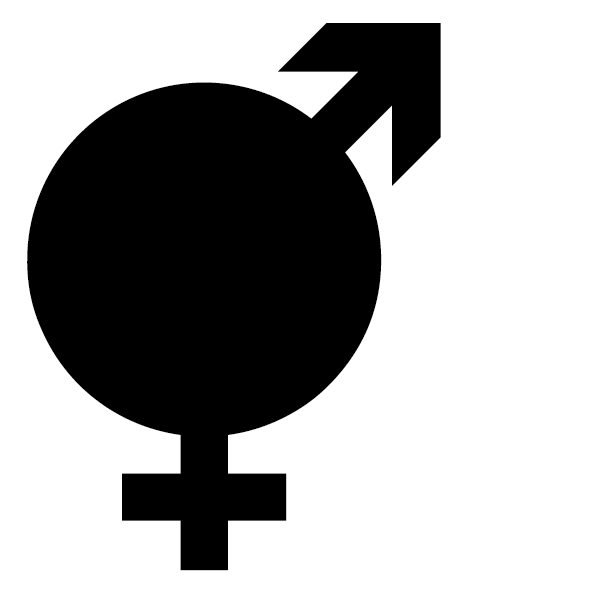
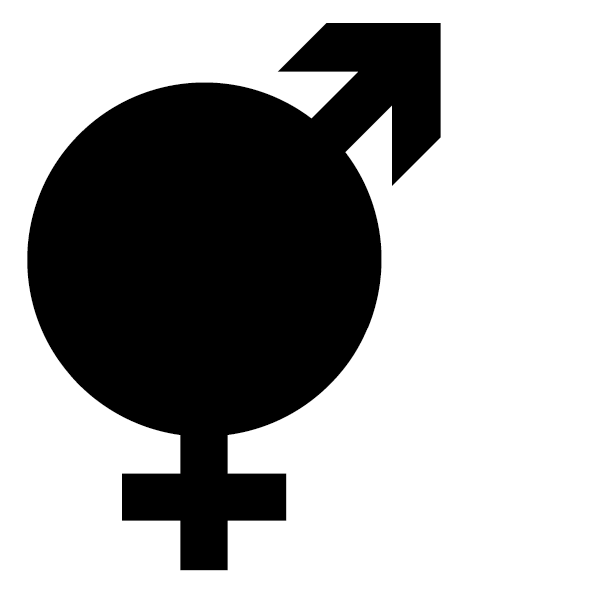
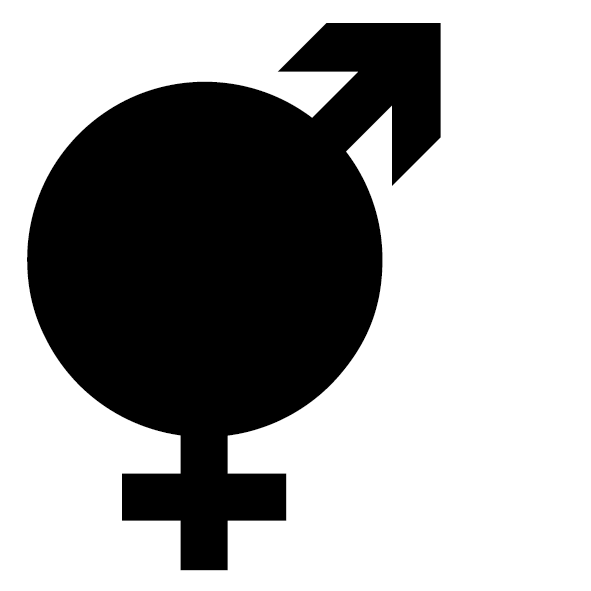

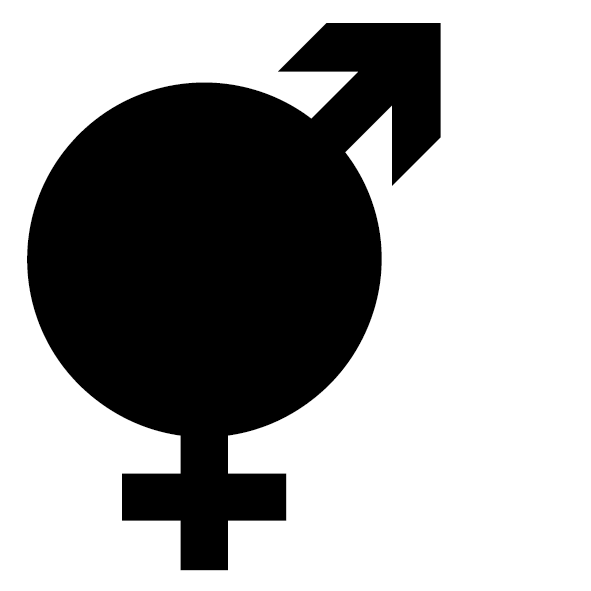

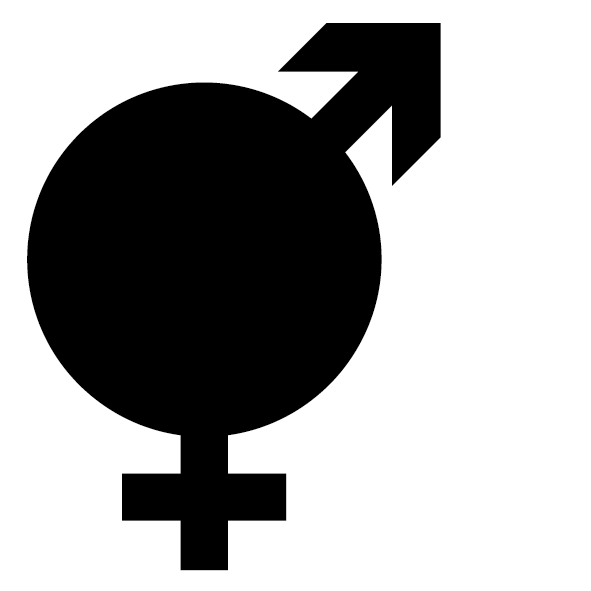
Almost three metres high, the final piece reflected the shape of the trophies that winners of the AGDA awards receive. Lit from inside the apex of the pyramid, the transparent tubing caught the light, and highlighted the contributions women have made, in contrast to the large expanse of male winners, which were designed to shut the light out.
Visitors were invited to pin the names of the women who had won AGDA Awards to the piece and post photos of these names to social media, with the hashtag #womenindesign.
In contrast to the black on black obscurity of the Anonymity poster series, this piece drew on a monochromatic palette of texture and light to bring visibility to each individual woman’s contribution to the AGDA Awards.


